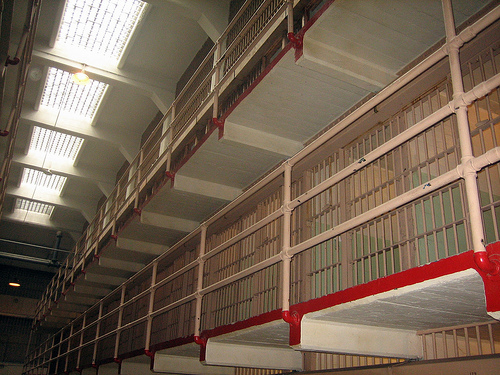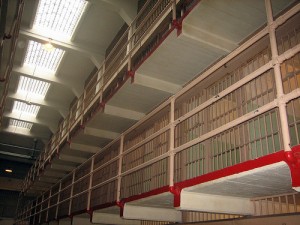New York judges hesitate to send juveniles to prison

A recent report on the condition of juvenile prisons in New York described violence, broken bones, suicidal behavior and deficient mental health services. The state’s facilities hold more than 700 juveniles. As a result of these conditions, the official in charge of juvenile prisons asked judges that handle juvenile delinquency cases to exercise caution in sending juveniles to the state’s facilities.

Laura Padgett (Flickr)
Even with the knowledge that the prisons are unacceptably dangerous places, judges often times have no alternative. Privately run residential facilities frequently reject violent delinquents and repeat offenders. Foster homes and residential placements ordinarily used for dependent children are not equipped to handle a high-risk population.
Some teens have been released to alternative-to-detention programs and more are being granted probation. However, it’s up to the teen to take advantage of the services offered and stay out of trouble. Courts may be delaying imprisonment, but not halting all placements. Regardless of where the juveniles are sent, the commitment to change is only theirs.
The get-tough laws of the 1990s where the goal of sending more juveniles to the adult criminal system saw a swing in the opposite direction in the first decade of the 21st century. As of 2013, twenty-three states enacted reforms to keep more juveniles in the juvenile justice system.*
*New York Times UpFront magazine, December 2013.


